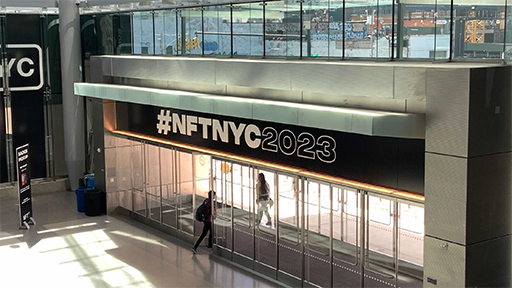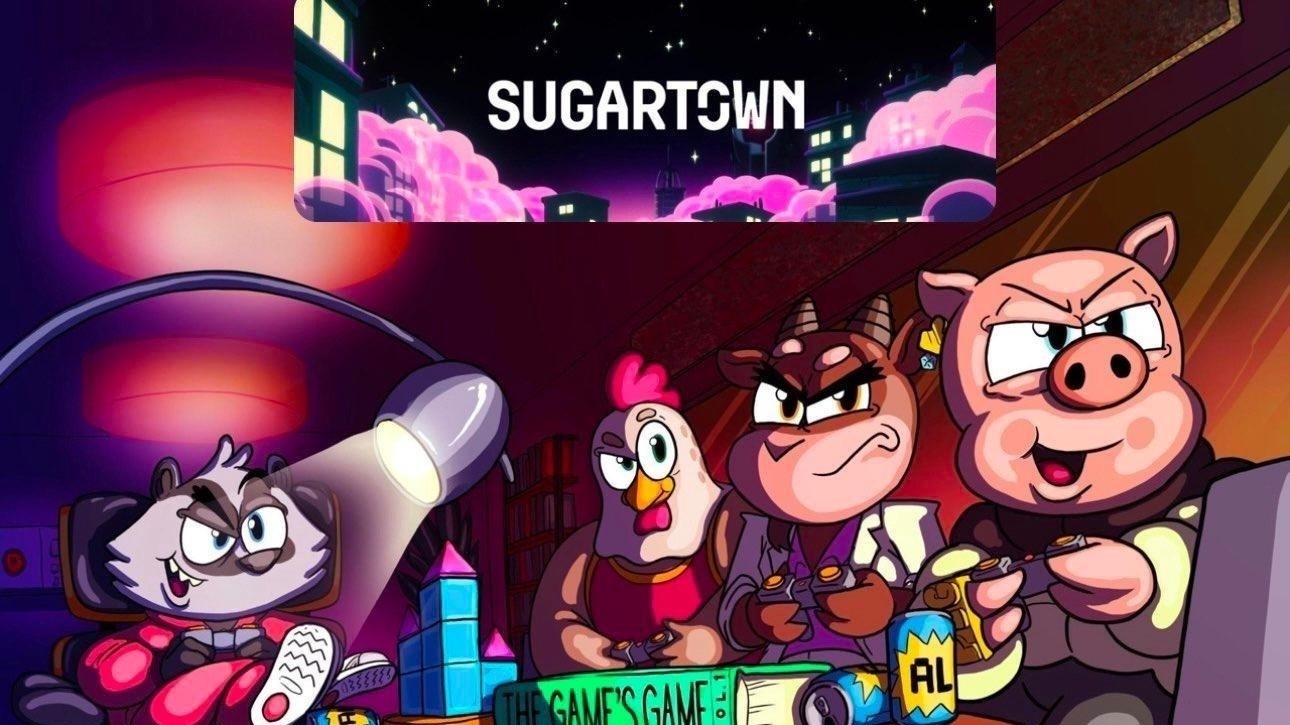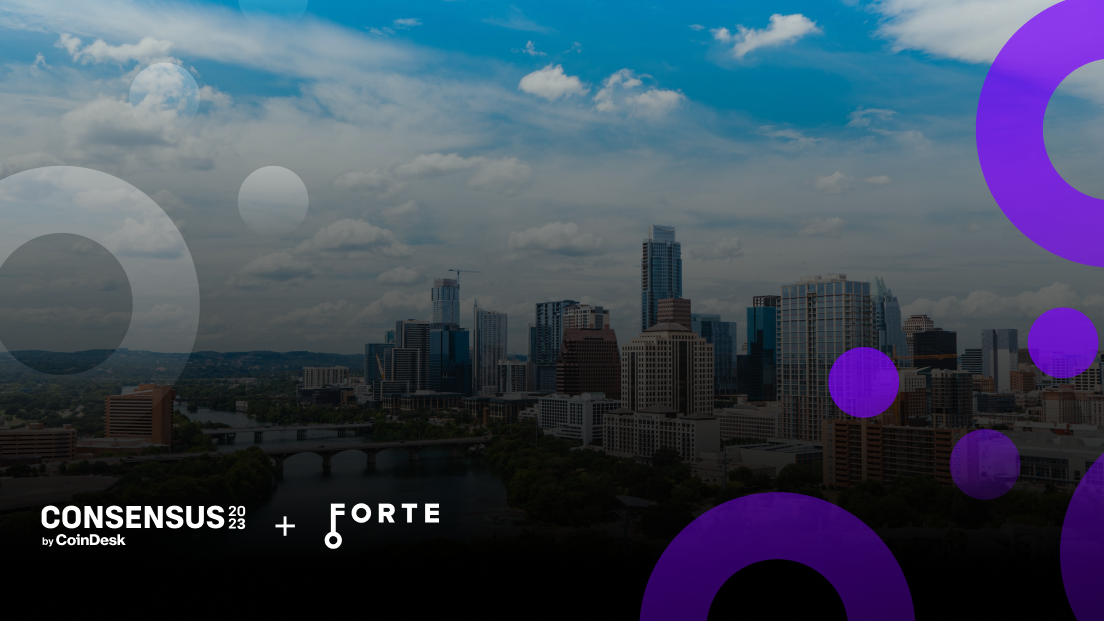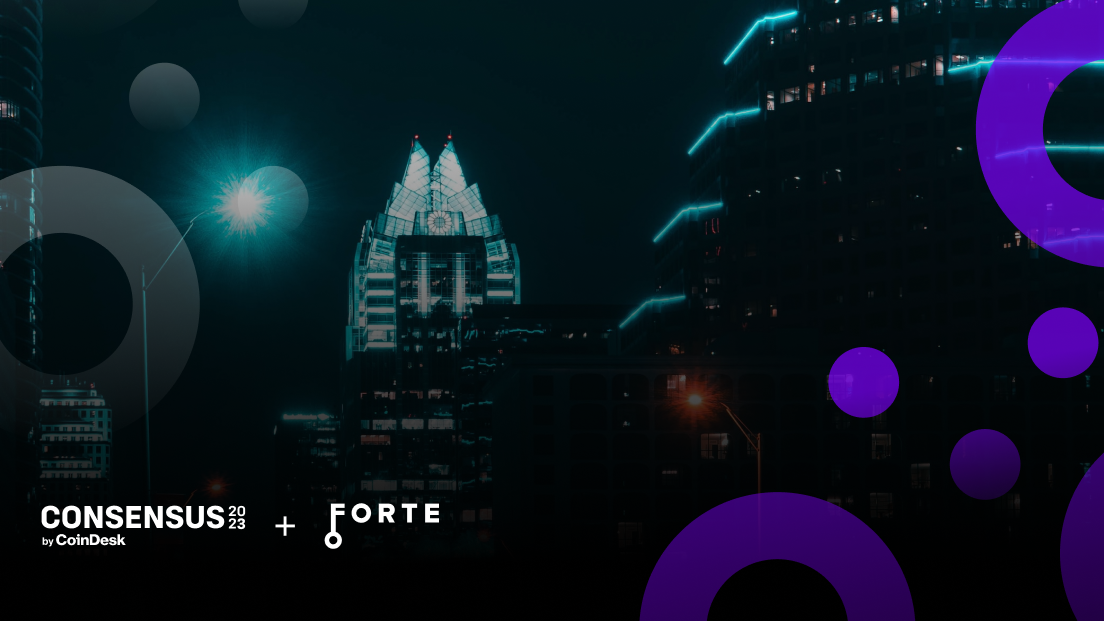NFT NYC has kicked off this week. More than 500 brands, 1,500 speakers, and 6,000 attendees have gathered at the Javits Center in New York City to discuss the most pressing issues and opportunities in the space. Forte has been on the ground at the conference, gauging the state of the NFT market and how it’s influencing the Web3 gaming industry.
While the market suffered a high-profile decline in 2022 that shuttered numerous NFT projects and companies, most of the developers and industry experts gathered at NFT NYC voiced a great deal of optimism about the future. In particular, Web3 gaming was a dominant presence at this year’s event, with multiple studios expressing their continued commitment to bringing blockchain gaming into the mainstream.
“The NFT market had its glory days, with daily trading reaching $700 million in 2022,” said Hsuan Lee, co-founder and CEO of Web3 wallet platform Blocto. “Although there’s been a downturn in the market, there’s still a lot of growth and potential–as well as several challenges in the Web3 gaming space.”
Some experts noted that last year’s market collapse actually helped to advance the industry by bringing more stable and sustainable Web3 projects to the forefront, especially for games. According to John Nichols, founder and editor-in-chief of NFT Insider, “In 2022, we saw a lot of maturity start to emerge in the space, and I think 2023 will be a truly massive year for Web3 gaming.”
Many of the same Web3 gaming themes we identified in our GDC 2023 coverage were addressed, as well as a few new ones. Let’s break down what developers and studios were talking about at NFT NYC.
Coping with complexity
One of the most discussed topics at this year’s event was the need to reduce complexity in the Web3 gaming industry. Developers universally agreed that overly elaborate onboarding processes were a major impediment to mass adoption.
“A new user has to spend at least a couple of hours just to set up a wallet and purchase gas fees, along with going through KYC, before they can even get into the game,” Lee said. “On average, I’d say it takes a user three hours to be onboarded in a Web3 game, and that’s too long.”
In most cases, new players are forced to purchase crypto or an NFT to get into the game, and that presents a significant barrier. Some experts recommend creating a coinless experience that’s embedded into the game and allows players to send transactions within the virtual environment to get them onboarded faster.
“Onboarding has to be made easier,” Nichols added. “People don’t want to sign transactions and deal with popups–they want to play their games and benefit from their NFTs afterward.”
The difficulty of onboarding also contributes to skepticism about NFTs and tokens among traditional gamers, since the majority of players are unfamiliar with the more technical aspects and compliance requirements involved in Web3.
“Probably the biggest challenge we constantly face is user adoption,” said Shane Fontaine, COO of the metaverse project Etherum Worlds. “The idea of having to use wallets and seed phrases–it’s hard to convince people to do that. Over the next six months to two years we’re going to see solutions focused on that.“
Bridging the user experience gap between Web2 and Web3 is clearly an ongoing challenge for developers. Solving it will be crucial to the long-term success of Web3 games. Forte recognized this early on, and we have been actively working to build and support a simpler, more convenient user experience for both developers and players making the transition to Web3.
Taking the “NFT” out of NFTs
According to many of the developers we’ve heard from, the term NFT has become a liability in Web3 gaming. Given the large amount of negative media attention around the pricing collapse in 2022, much of the gaming community has become skeptical about–or outright rejected–the concept of in-game NFTs.
Some developers are now advocating for a change in terminology that would shed the negative connotations associated with NFTs and could make it easier to educate the global player community.
“It takes a lot to get people up to speed. You have to take a huge step back and get away from the jargon, and almost approach it like it’s a brand new world,” Fontaine said. “We might need to get away from the word ‘NFT’ itself, and call it ‘blockchain collectibles’ or ‘tradeables’ perhaps.”
From a typical gamer’s perspective, the term NFT is associated with blockchain infrastructure and presents a technical barrier to understanding the core benefits of Web3 gaming. That’s why developers are now strongly opposed to using technical terminology when trying to reach out to the player community.
“My goal is to get people to buy an NFT without even knowing they’ve bought an NFT,” said Matt McElroy, senior director of business operations at Warner Brothers Discovery Sports. “There are a lot of negative things traditional players may be saying about NFTs, but they’re also spending billions of dollars on items in Web2 gaming that have no actual value. Whereas Web3 provides ownership, and the blockchain creates value.”
That’s a stance shared by Forte. As our president and COO Andy Yang explained, “Maybe keep the technical Web3 jargon in the background and express the value proposition directly to consumers. Leave the Web3 lingo in the background until it’s really needed for the player community. ”
Putting engagement over investment
In addition to nomenclature, developers are deeply concerned about managing and ideally reducing the level of speculation in Web3 gaming. According to most developers, highly speculative markets create unsustainable conditions for in-game economies, and that can hurt both players and game makers.
“Early on, we discovered that most of the people who acquired our NFTs didn’t even care about them and tried to flip them on the marketplace immediately. That’s been the saddest part, that in the past we’ve attracted speculators instead of builders,” said Constantin Kogan, co-founder of GamesPad. “As an industry, we need to work harder to attract collectors and long-term thinkers to establish scalability.”
The consensus at NFT NYC was that players want utility in their assets, not just potential returns on investment. Most gamers are seeking ways they can actually use the digital assets that they own. And now more than ever, developers are exploring ways to combine in-game utility with real-world utility, like using tokenized assets to unlock access to in-person events or unique products and brand experiences.
“People initially thought NFTs were just an investment, and there was little done to illustrate underlying value and utility,” McElroy added. “Now the Web3 industry is taking some time to reset and recalibrate so it’s not just about speculative assets.”
Forte has always emphasized the importance of token utility as a means of keeping players engaged with the unique systems developers have crafted for them. We work with studios to help them deliver true ownership to their players while remaining focused on designing fun, engaging games. From our perspective, the formula for success is delivering something that, at its core, is about creating value for the player.
“There’s not a lot of purpose, utility, or value in many blockchain tokens today; however, they’re already in demand to the tune of tens of trillions of dollars a year,” Josh Williams, co-founder and CEO of Forte, explained. “We think it’s going to be really hard to imagine how big things could be when you’re leveraging this really innovative, underlying, revolutionary technology of blockchains, but coupling that with real players, real usage, real applications, real games, and real developers. There’s going to be a huge market there, and we’re excited to help facilitate it.”



